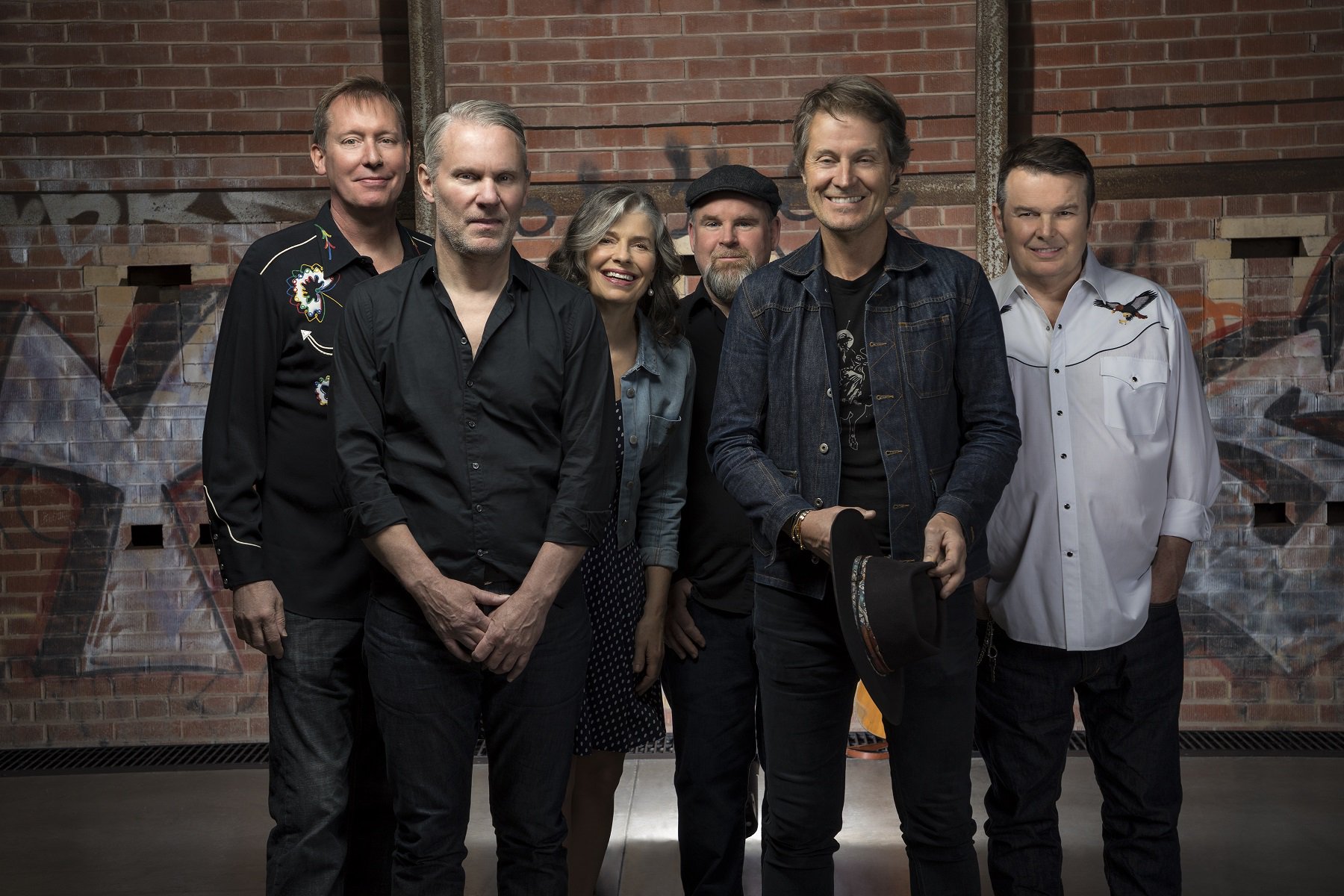Woodbine Entertainment CEO, Jim Lawson recently spoke with Trainer Magazine’s Giles Anderson for about his past, common issues facing sports brands he leads and the future of Woodbine Entertainment. The following is a portion the interview, please click here to view the full article.
Jim Lawson has literally grown up with Woodbine Racetrack, he was born in the same year that the track opened in 1956. Today Lawson assumes the roles of CEO of Woodbine Entertainment Group, Chairman of Ontario Racing, as well as chairing the board of governors of the Canadian Football League. He recently sat down with Giles Anderson to discuss the future direction and goals for racing and the Woodbine facility in the years to come.
It would be fair to say that you came to racing through a sporting injury and looking back your career may have well evolved on ice.
Yes, I played US College Hockey at Brown University in Rhode Island. By 1978 I was drafted by the Montreal Canadiens. I left school early, I had enough credits to graduate but had an injury-prone two and a half years in their organisation, with many issues. Ultimately, I retired and went to law school, and when I went to law school, like a lot of people, I thought ‘wouldn’t it be great if I could do sports law, or be a player agent, or whatever?’ And of course you soon realise that you need that foundation of law and legal contracts, so I ended up doing commercial law for the most part.
So here I am, 30 years later, being in a position where I am with the Canadian Football League. Even though I was a hockey player, I always had a passion regarding football and horse racing. My dad had Thoroughbred horses from the time I was six or seven years old, so I used to come out here 1965, 1966, when I was 10 years old. He ran a modest stable, but a successful stable. He was a great student of the game and I think he won 67 stakes races here with a very modest stable over the years and he’s in the Canadian Horse Racing Hall of Fame.
So I spent my early years around Woodbine and also studying bloodlines.
So how did you end up working for Woodbine?
Mostly because of the clients through my work at a major downtown Toronto law firm and as I’d spent a lot time around Woodbine, the board was aware of me. They initially asked me to come on the board to look after the 700 acres of land that they had here. So I joined the board and then I evolved into being chairman of the board in 2012.
Then in 2015, when the CEO stepped down, the board asked me to step in and, here I am. I’ve gone from chairman to CEO here now, but I have a big background, as I said, in horse racing and a big part of what we’re doing today is real estate development.
How many teams make up the Canadian Football League?
There are nine teams. We’re looking to expand it, Halifax to be a tenth team, but there are currently five teams in the west and four teams in the east. Montreal, and Toronto, and Hamilton and Ottawa and as I said, potentially an expansion team in Halifax, so a lot of teams across the country.
Why do you think has there not been as much expansion in the last five years as much as there has been of teams in soccer?
Well, that’s a good question. In football, the biggest, I think, single achievement is the renewal of capital investment in the stadiums, which has been a big plus. There’s been a completely renovated stadium in Toronto, a brand new stadium in Hamilton, a completely renovated stadium in Ottawa, a new stadium in Saskatchewan, a new stadium in Winnipeg. So the biggest achievement, I think, is the reinvestment of capital to keep the league in good shape in the sense that it’s very much a gate-driven league as opposed to many other sports, which are television revenue driven. We do have the television contract with TSN and we have good ratings on the sports network, which is a Bell Globe Media property. But I think the biggest thing that the league has done is reinvested itself and set itself up for a strong future.
Do you see a big crossover from what you’ve learned about football into racing?
The biggest challenge we have is two-fold and they’re related. And that is an ageing demographic in both sports. Our core customer is probably that 50-year-old to 70-year-old male. I think we’re doing a good job in horse racing because of our food and beverage experience and the cost of having a good experience here. We’re making great strides in bringing up that younger customer. But our real core wagering customer fits in that 50 to 70-year-old demographic.
Woodbine’s vision for the future
The same is true in the Canadian Football League, it may well be true in the golf world and the tennis world, and so that is a real challenge to see and it is actually of interest for me to see how both organizations from the marketing partnerships approach that. And then secondly the challenge in both sports has been the consumption of the sport and what I mean is that the Canadian Football League is a gate-driven league, while in order to get people interested in horseracing, you really need to get them here and see the horses and feel the horses and just the excitement.
In both cases now, in a large part on the football side the evolution, it’s not just overnight, it’s the last 15, 20, 25 years depending on your measure of the large screen TVs that sit in everyone’s den or family room. People want to consume sports in luxury, and television has done a great job with production, with slow motion and replays and analysis and making that television experience so great, so that a lot of people would rather than sitting out in colder weather, they’d rather sit in home in the comforts of their den or family room, watching television on a big screen TV. The same thing for horse racing, really. We have, for business purposes, made it very accessible to wager on horse racing through the internet. People don’t have to come out here any more and that’s a challenge.
So we’ve got a couple of sports there where, because of technological advances and just raising the level the game of how we distribute our content in both cases, you’re challenged in terms of getting people interested. People are only going to invest in horses if they are out here and they get the excitement of the game. We need new owners, we need new breeders and you’re not going to get that from people who are gambling over the internet, you’re going to get that from people who come out here and say, “Wow, I love this, wouldn’t it be fun to own a horse.”
And the same with football, you need to get them out to the game to experience it and meet the players and see the players. One of the challenges with football, especially in Canada with so many sports coming – soccer has grown huge, or European football, shall we say – I think that one of the things we need to do with football is to get youth playing it and the likelihood of that happening is if they can get out to the games and feel the excitement, and watch it and meet the players.
Click here to read the full article!









